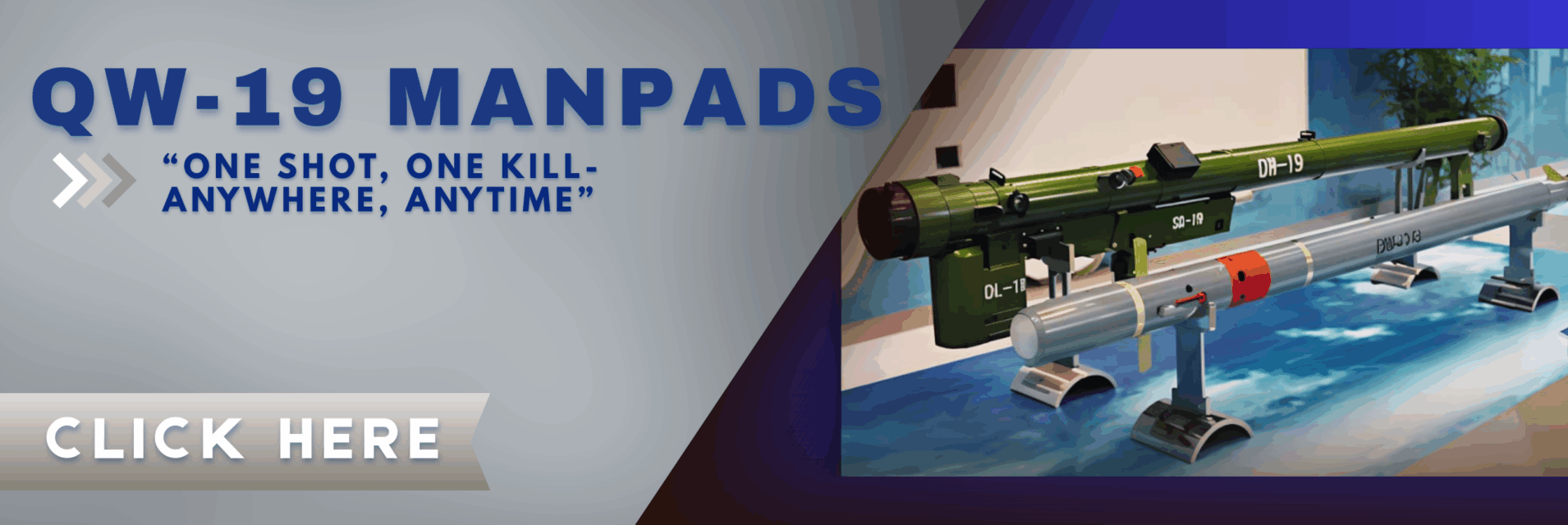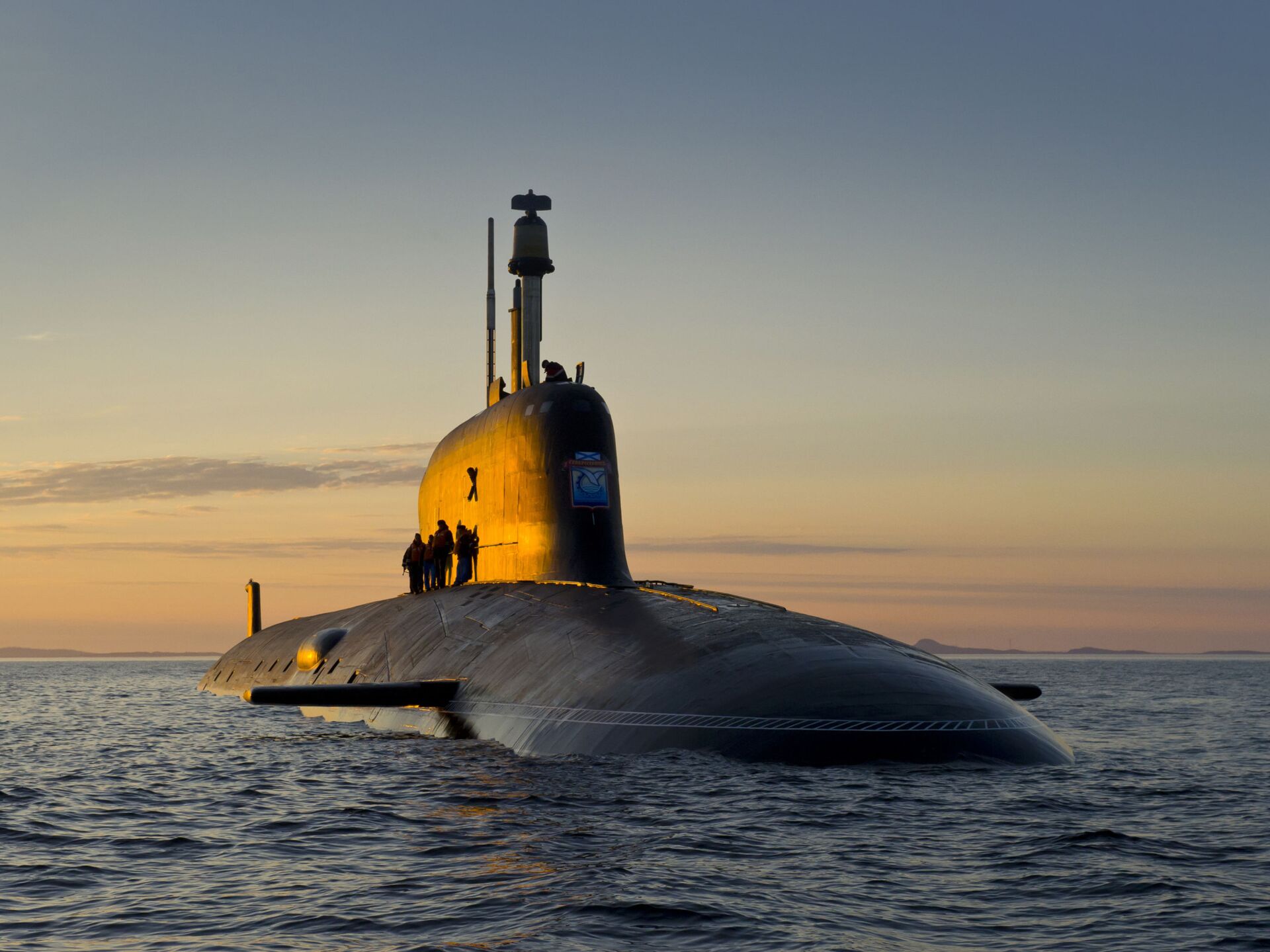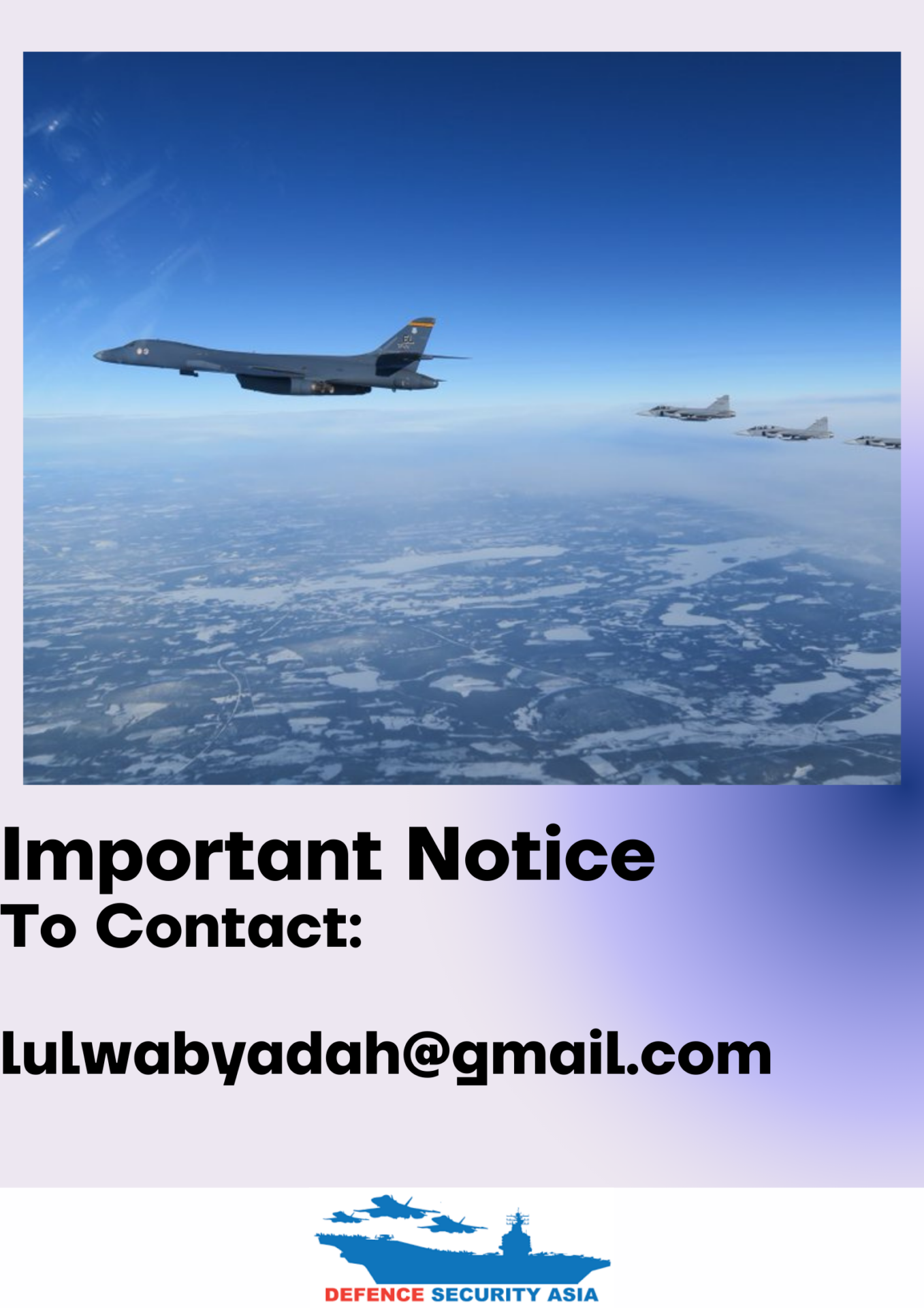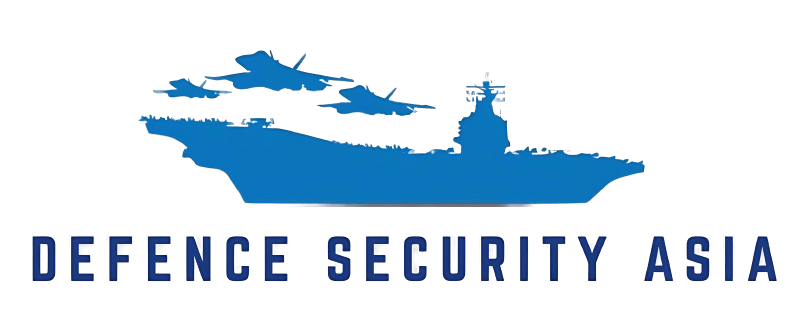Russian Yasen-Class Nuclear Submarine, a “Nightmare” for the United States and NATO
In 2018, the first Yasen-class nuclear submarine, "Severodvinsk," was deployed to the Atlantic Ocean. For several weeks, the U.S. Navy was unable to detect it despite deploying various assets, including its own submarines, in an effort to track it.


(DEFENCE SECURITY ASIA) — Several days ago, it was announced that Russia will deploy four of its warships to Cuba, which borders the United States, for joint exercises in the Caribbean next week.
Although Washington has stated that the deployment of these Russian warships does not pose a concern or a threat to its security, it has described this move by Moscow as a significant development.
According to the Cuban government, the Russian naval contingent will include the frigate “Admiral Gorshkov,” the Yasen-class nuclear submarine “Kazan,” the fuel supply ship “Pashin,” and the rescue tug boat “Chiker.”
International military observers note that of these vessels, the presence of the “Kazan” submarine, weighing 13,800 tons, in Havana next week is particularly noteworthy.
The United States will undoubtedly pay close attention to the arrival of this modern nuclear submarine.
The “Kazan” is Russia’s second Yasen-class submarine to be commissioned, following the “Severodvinsk.”

Yasen-class submarines are among the newest in the Russian fleet and are considered by Western military analysts to be a “nightmare” for Washington and its NATO allies.
Why is the Yasen-class considered a “nightmare” for the United States and NATO?
The answer lies in the submarine’s exceptional “super-quiet” capabilities, which make it incredibly difficult to detect by its adversaries, particularly the United States and its allies.
U.S. media describe the Yasen-class submarines like “Kazan” as being as quiet as a mouse.
In 2018, the first Yasen-class submarine, “Severodvinsk,” was deployed to the Atlantic Ocean, and for several weeks, the U.S. Navy could not detect it, despite deploying various assets, including their own submarines.
The U.S. Department of Defense has admitted to the failure to detect this class of submarine for weeks in the Atlantic, a fact that is very troubling for senior U.S. Navy officials.
They said, during peacetime, this inability is concerning, but in wartime, it could prove deadly.


Admiral Dave Johnson, a senior officer in the U.S. Navy, has been so impressed by the Yasen-class capabilities that he constructed a model of a Russian submarine in his office to remind him of the formidable adversaries the U.S. faces.
“I am so impressed with this submarine that I have built a model of it based on unclassified data.”
“We will be facing a formidable foe. One only needs to look at the Yasen-class nuclear submarine ‘Severodvinsk’, a Russian equivalent of a missile-carrying submarine,” said Johnson in 2021.
The Yasen-class submarines, capable of speeds up to 35 knots and equipped with a fourth-generation nuclear reactor known as KTP-6, are noted for their exceptional quietness during operation.
This “super-quiet” capability is crucial in submarine warfare, according to Admiral Johnson in an interview with “60 Minutes.”
In addition to their super-quiet capability, Yasen-class submarines are armed with hypersonic “Tsirkon” missiles capable of reaching speeds greater than Mach 10 upon launch.

With a range of approximately 2,000 km and the ability to be fitted with nuclear warheads, these missiles present a significant challenge to any air defense system.
Furthermore, the “Kazan” is also equipped with “Kalibr” cruise missiles.
While Russia has not disclosed the exact number of “Kalibr” missiles the Yasen-class, including “Kazan,” can carry, it is known that the first of the class, “Severodvinsk,” is equipped with 40 such missiles.
The Yasen-class submarines also carry other types of guided missiles such as “Oniks.” — DSA


Comments are closed.